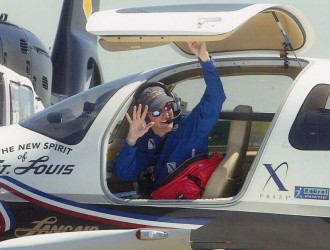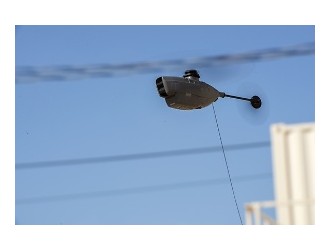Probable cause of the 2014 hard landing by an Airbus AS350BA in Hawaii is engine failure, the NTSB said in its final report.
“The failure of the engine's pneumatic fuel control line fitting, resulting in a loss of engine power,” the FAA stated as the crash’s cause. “Contributing to the failure was the repeated loosening and re-torqueing of the fitting during required maintenance and inspection.”
June 17, 2014, in Wailuku, Hawaii, the Sunshine Helicopters Inc. AS350 took a hard landing after loss of engine power and off-airport autorotation, the NTSB said. The helicopter was used for aerial tours, and the pilot and five passengers on board were not injured. With pneumatic distribution system failure found as the main cause, the NTSB also found that rough terrain affected the operation. Personnel found issues with scheduled/routine maintenance issues with the maintenance personnel and aircraft control issues with the pilot.
The NTSB said that during a telephone conversation with Sunshine Helicopters, the tour company said the pilot was 10 minutes out on his third flight of the day when the incident happened.
“During cruise flight, the main rotor speed (RPM) started to decrease and the low rotor warning alarm sounded,” Sunshine Helicopters said, according to the NTSB. “He lowered the collective pitch control to increase rotor RPM, and the helicopter started to descend. He raised the collective pitch control and the main rotor RPM started to decrease again; he entered an autorotation and landed the helicopter.”
The hard landing in tall grass caused structural damage to the fuselage and tail boom.





